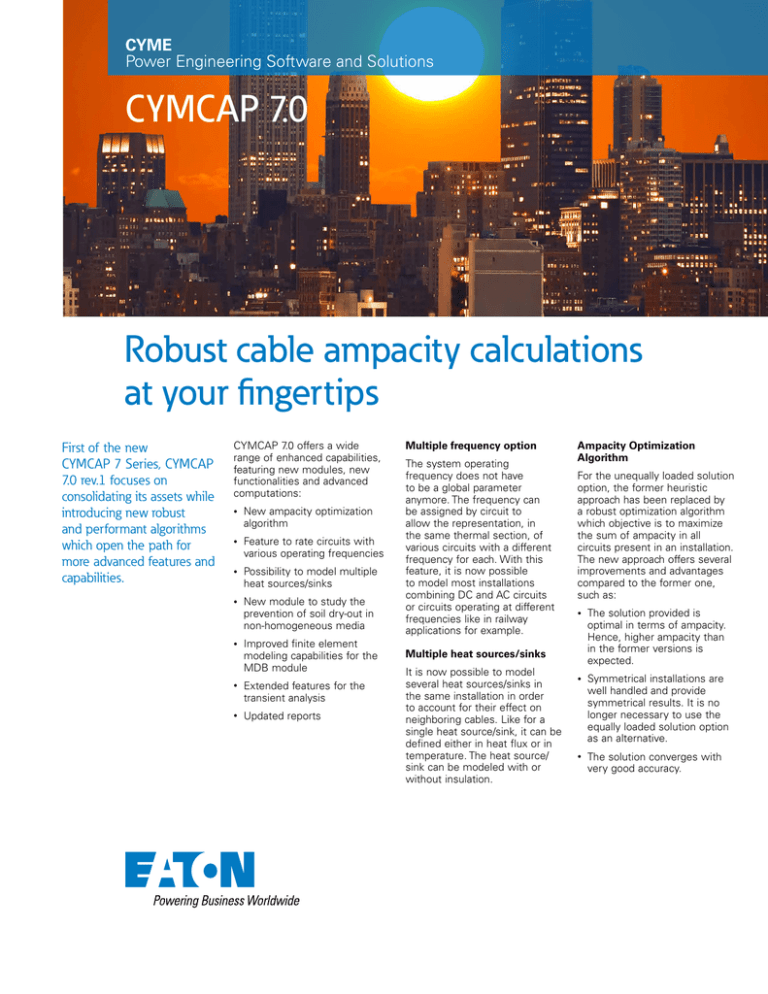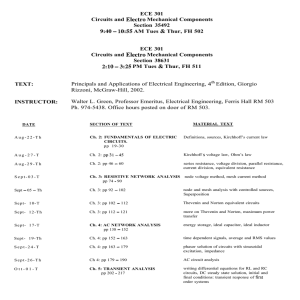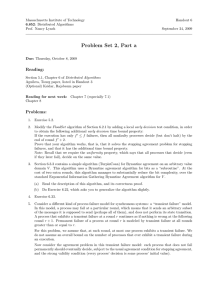
CYME
Power Engineering Software and Solutions
CYMCAP 7.0
Robust cable ampacity calculations
at your fingertips
First of the new
CYMCAP 7 Series, CYMCAP
7.0 rev.1 focuses on
consolidating its assets while
introducing new robust
and performant algorithms
which open the path for
more advanced features and
capabilities.
CYMCAP 7.0 offers a wide
range of enhanced capabilities,
featuring new modules, new
functionalities and advanced
computations:
•
New ampacity optimization
algorithm
•
Feature to rate circuits with
various operating frequencies
•
Possibility to model multiple
heat sources/sinks
•
New module to study the
prevention of soil dry-out in
non-homogeneous media
•
Improved finite element
modeling capabilities for the
MDB module
•
Extended features for the
transient analysis
•
Updated reports
Multiple frequency option
The system operating
frequency does not have
to be a global parameter
anymore. The frequency can
be assigned by circuit to
allow the representation, in
the same thermal section, of
various circuits with a different
frequency for each. With this
feature, it is now possible
to model most installations
combining DC and AC circuits
or circuits operating at different
frequencies like in railway
applications for example.
Ampacity Optimization
Algorithm
For the unequally loaded solution
option, the former heuristic
approach has been replaced by
a robust optimization algorithm
which objective is to maximize
the sum of ampacity in all
circuits present in an installation.
The new approach offers several
improvements and advantages
compared to the former one,
such as:
•
The solution provided is
optimal in terms of ampacity.
Hence, higher ampacity than
in the former versions is
expected.
•
Symmetrical installations are
well handled and provide
symmetrical results. It is no
longer necessary to use the
equally loaded solution option
as an alternative.
•
The solution converges with
very good accuracy.
Multiple heat sources/sinks
It is now possible to model
several heat sources/sinks in
the same installation in order
to account for their effect on
neighboring cables. Like for a
single heat source/sink, it can be
defined either in heat flux or in
temperature. The heat source/
sink can be modeled with or
without insulation.
CYMCAP 7.0
Robust cable ampacity
calculations at your fingertips
temperature or higher
ampacity. On the contrary, in
cases for which the mutual
equivalent resistivity is higher
than the self-equivalent
resistivity, this yields higher
temperature or lower
ampacity.
Soil Dry-Out Prevention
Analysis (SDO module)
Prior to CYMCAP 7.0, in steadystate, cables could only be
rated based on their conductor
maximum admissible operating
temperature. The Soil Dry-Out
Prevention module is a new
add-on module which allows
rating cables based on the
temperature imposed on a layer
other than the conductor, such
as:
•
sheath
•
armour
•
jacket/serving
•
duct/pipe
•
the boundary of a backfill/duct
bank
One of the main applications of
this module is to rate a given
cable installation in order to
avoid the irreversible dry-out of
the region that the cables are
crossing. With the Soil Dry-Out
Prevention module, this is
made possible by letting the
user limit the temperature at
the interface between native
soil and the cable installation’s
most outer element to the soil
critical temperature. Depending
on the installation, this interface
could be the jacket, duct, pipe or
backfills/duct banks boundaries.
The Soil Dry-Out Prevention
add-on module requires having
the MDB module as well.
•
•
Heat sources are now taken
into account in the isothermal
contour computation.
•
It is now possible to select
the step with which the
isothermal contours will
be computed (default
computation step is 1oC).
•
The former approach has
been modified to improve the
modeling of mutual thermal
effects between cables.
A matrix of resistivity is
used instead of a vector. In
cases for which the mutual
equivalent resistivity is lower
than the self-equivalent
resistivity, this yields lower
Several features of the transient
analysis have been improved:
•
The upper limit of the time
range of transient simulations
has been extended to 50,000
hours instead of the 9,999
hours imposed in former
versions.
•
The length of load shapes is
no longer limited whereas
previously, load shapes were
limited to 7 days.
•
For transient options which
support the Participating
option (option 1 and 5), it
is now possible to assign a
desired temperature to Not
Participating circuits.
•
For transient options 4 and 5,
it is possible to display curves
in terms of scaling factor
rather than ampacity only.
•
The layout of the transient
data dialog box has been
updated.
•
The curves display has been
completely revamped. This
includes the possibility to
zoom in and out.
•
New reports in Excel format
are now available for all
transient options. Previously,
Excel report was available only
for transient option 1.
Updated Reports
Both steady-state and transient
reports have been revamped to
include additional information.
Their display has been improved
as follows:
•
•
Multiple Duct Bank Backfill
module (MDB) - Improved
finite element modeling
Several enhancements have
been made to the finite element
modeling approach, yielding a
more accurate solution.
The modeling of heat sources/
sinks has been improved by
using their equivalent external
thermal resistivity rather
than the native soil resistivity
to account for their mutual
heating effect.
Transient analysis - Updated
features
•
The Steady-state report
formerly available in text
format is now available in
Excel format instead. Its
content has been updated.
The Normal operation report
(also referred as Excel
Steady State report) has
been extensively revised
and reorganized such that
all intermediate parameters
are detailed according to
the computations (including
formulae). Please note that
this report is now displayed in
a separate worksheet.
New reports in Excel format
are now available for all
transient options. Previously,
Excel report was available only
for transient option 1.
Additional features
•
The cross bonded option is
now available when the option
“electrical interaction between
circuits” is activated.
•
The presence of magnetic
ducts does not force the
solution option to unequally
loaded anymore.
•
Single phase circuits can be
mixed with multiple cables
per phase circuits in the same
installation.
Eaton
1000 Eaton Boulevard
Cleveland, OH 44122
United States
Eaton.com
CYME International T&D
1485 Roberval, Suite 104
St.Bruno, QC, Canada J3V 3P8
P: 450.461.3655 F: 450.461.0966
P: 800.361.3627 (Canada/USA)
CymeInfo@eaton.com
www.eaton.com/cyme
© 2015 Eaton All Rights Reserved
Printed in Canada
Publication No. BR 917 059 EN
July 2015
Eaton is a registered trademark.
All other trademarks are property
of their respective owners.
Follow us on social media to get the
latest product and support information.






